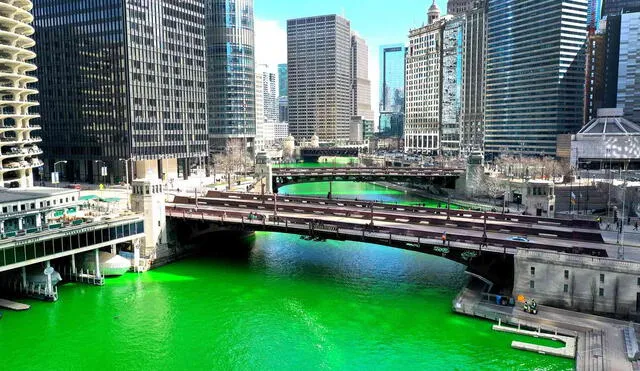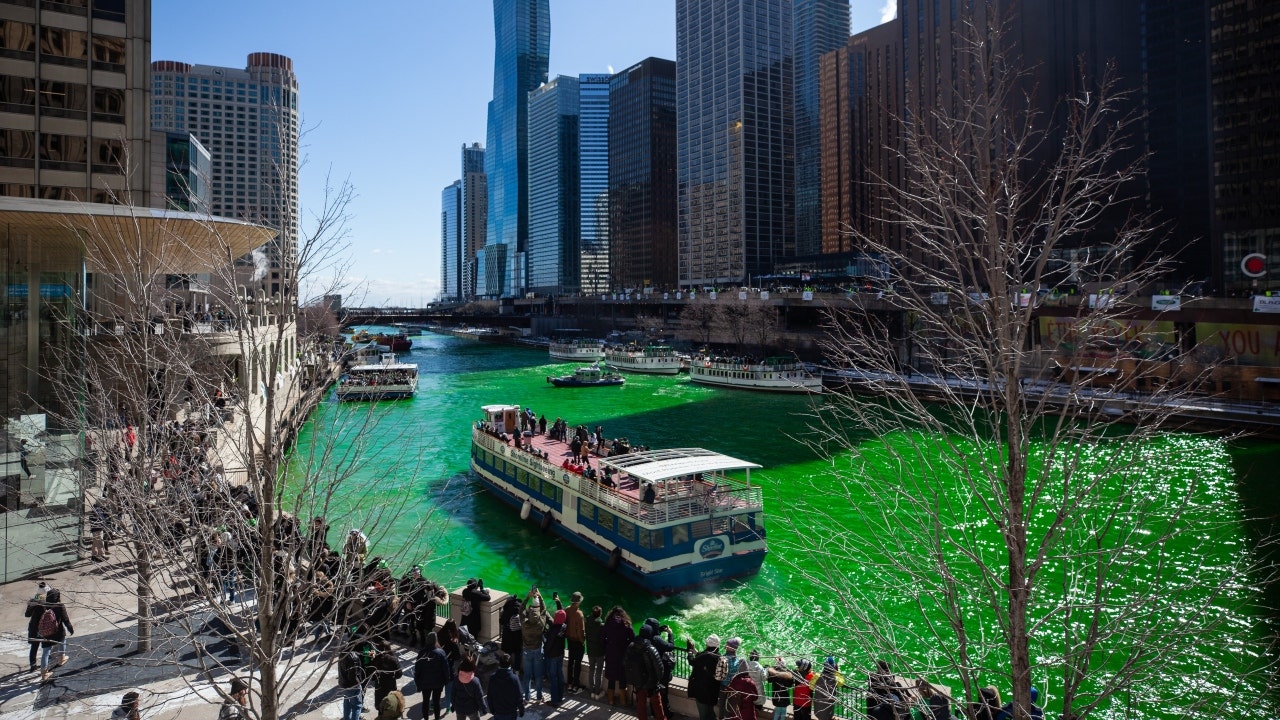The tradition of dyeing the Chicago River green for St. Patrick’s Day: History and cultural significance
Each March, Chicago's river is dyed a vibrant green in celebration of St. Patrick's Day. This tradition, which began in 1962 by local plumbers, has since become a beloved symbol of Irish heritage and community pride in the city.

Each March, Chicago goes green to celebrate St. Patrick’s Day, a holiday that honors Ireland's patron saint and celebrates the rich Irish heritage in the U.S. A highlight of the festivities is the annual dyeing of the Chicago River, turning it a striking green. This iconic tradition attracts thousands of locals and visitors who line the riverbanks to witness this extraordinary sight.
The practice of dyeing the river began in 1962 and has evolved into one of the city's most cherished traditions. This event not only highlights the influence of the Irish community in Chicago but also symbolizes the city’s ability to transform its environment into a celebration of culture and unity.

St. Patrick's Day: Why they began dyeing the Chicago River green. Photo: NPR.
Origins of Chicago's St. Patrick's Day green river tradition
The history behind this peculiar tradition dates back to the early 1960s when Chicago’s plumbers used dyes to track illegal waste discharges in the river. In 1962, inspired by the dye’s effect, the plumbers’ union decided to pour 100 pounds of dye into the river to celebrate St. Patrick’s Day, making the water turn green for an entire week
Today, the responsibility for dyeing the river falls to the Chicago Journeymen Plumbers Local 130. Every year, members of the union navigate the river in boats, spreading a dye whose exact composition remains a closely monitored secret. While the original formula contained fluorescein, a chemical later banned by the Environmental Protection Agency, the current dye is vegetable-based and environmentally safe.

Everything You Need to Know About the 2025 Chicago River Dyeing and St. Patrick's Day Events. Photo: FOX 32 Chicago.
How the Chicago green river tradition boosts culture and tourism
The dyeing of the river has become an internationally renowned tourist attraction, drawing crowds eager to witness this one-of-a-kind celebration. In addition to the river dyeing, Chicago hosts parades, concerts and cultural events that showcase the city’s strong Irish influence. These festivities not only honor Irish heritage but also foster a sense of community and local pride.
Although widely celebrated, concerns have been raised regarding the environmental impact of the dye on the river’s ecosystem. Organizations like Friends of the Chicago River argue that dyeing the river might give the impression that it is an artificial and lifeless entity, advocating for greater respect and care for this natural resource. However, event organizers assure that the dye used is eco-friendly and that measures have been taken to minimize any adverse effects on the environment.
The tradition of dyeing the Chicago River green for St. Patrick’s Day is a reflection of the city’s rich cultural tapestry and its ability to adapt and reinvent itself. Over more than six decades, this practice has evolved, maintaining its festive essence while adapting to contemporary environmental concerns. It stands as a testament to Chicago’s community spirit and its commitment to celebrating cultural diversity responsibly and sustainably.












